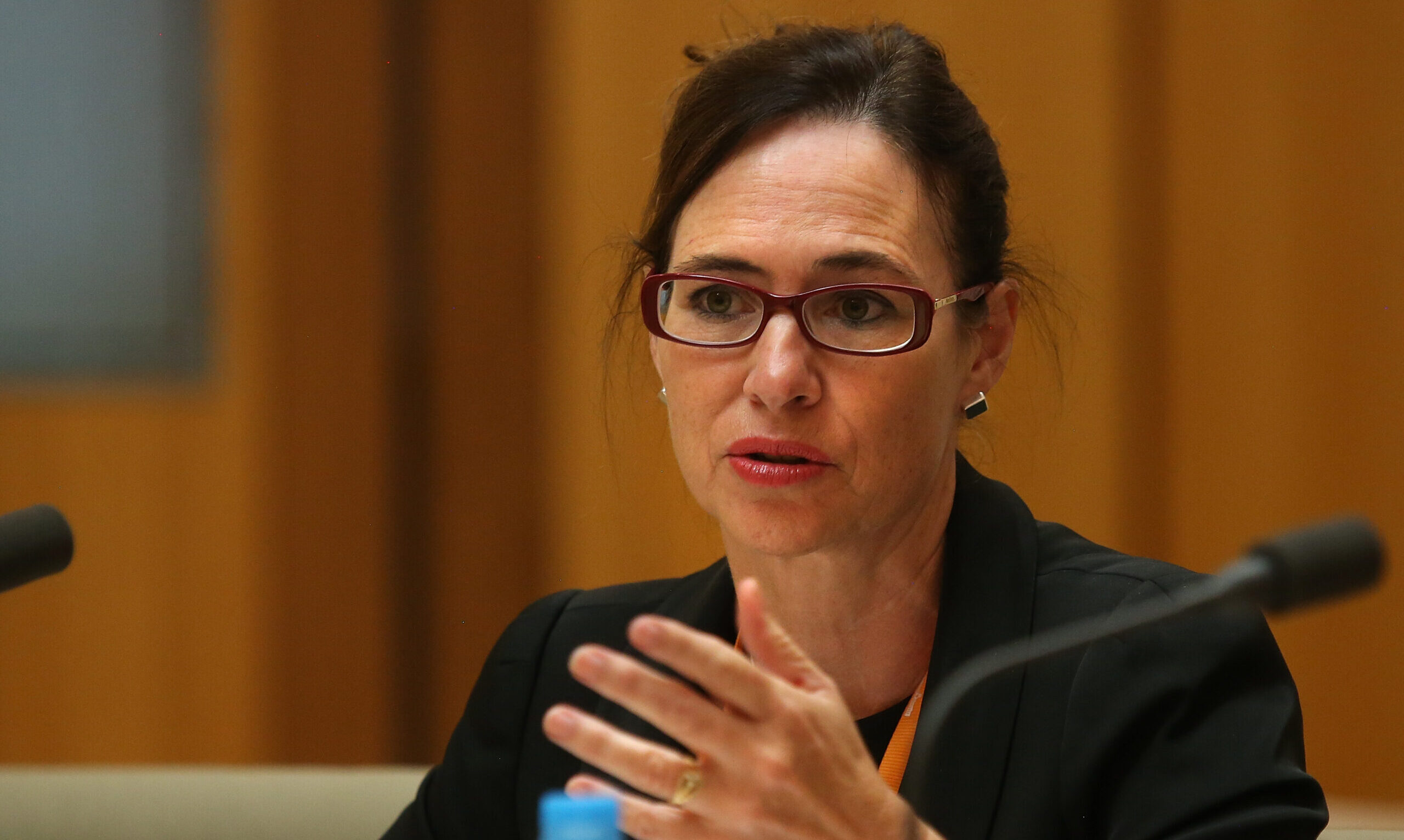Although on one level tertiary education policy has never been more concerned with skills, we’ve never really had a proper understanding of what skills actually are or how they fit together with either jobs or courses.
While – as a select and very well-informed group of attendees at The Festival of Higher Education were delighted to learn – there are any number of conceptualisations of what a skill (or a group of skills) might be, matching skills needs to jobs or to courses has never been easy to do in a reliable way.
To be a bit less abstract, if we want anyone to train our future workforce we need to know what we want them to be trained in. And, not only do we not know that because we can’t predict the future – we also don’t know that because we simply do not have the vocabulary or frameworks of understanding we need to pose the right questions. Employers and industries cannot talk to course providers and prospective employees about this stuff because each of these groups has spoken a different language.
Until today!
Into this ontological hellscape comes Skills England. The release of the UK Standard Skills Classification (UK-SSC) – alongside a wonderfully whizzy UK Skills Explorer tool – is, in a quiet way, the most significant thing to happen to the skills landscape in a generation: not least because, for the first time we are able to see it.
Before this, the skills landscape was, (at best) uneven. SOC codes helped us understand occupational requirements for jobs, SIC codes helped us understand the kind of work that goes on in particular industries, and HECoS codes gave us an understanding of what areas particular courses of study cover. All of this was useful, but none of it really linked together and – as you’ve probably spotted – none of it talked about actual skills.
So what is a “skill”? Well, it might be “a capability enabling the competent performance of a job-related activity”: an occupational skill. Or it could be a more generic competence, “a fundamental ability that contributes to the capability to carry out tasks associated with a specific job”: a core skill.
Skills England has identified 3,343 occupational skills (within 22 domains, 106 areas, and 606 groups). Occupational skills combine with knowledge (4,926 of these are defined) and core skills (just 13) to give someone the capability to do one or more of 21,963 identified occupational tasks.
So what?
The existence of these definitions should make it a lot easier to translate employer and industry needs, into opportunities that strategic government support, and an offer of courses that satisfies these needs.
Let’s give an example. Imagine the government decides that any future transition away from carbon-based power requires batteries and electrical components, and notices that we have quite a lot of the rare-earth metals and other minerals that we need to make these somewhere under the ground in the UK. We need to get them out, and we need to train the people that can do that. And we currently only have one school of mining with a little over a hundred students.
Because we can map the UK-SSC to Standard Industrial Classification (SIC) codes, we can very easily run up a list of the key skills we need to train people in.
That way, when we get to specifying what the new mining schools we are going to open actually need to teach, and we get to working with industry to decide what skills they need to do all this mining we have an agreed list. A starting point, sure, but one that saves a lot of time.
You will note that this is not just training people how to dig stuff up. There are research jobs, planning jobs, management jobs, and a fair few design jobs that need to be done. The bar chart aspect here gives us an indication as to how important each skill is to employers in this industry.
From specification to commission
So if we know what skills we need, how do we get people training in them? Or do we have people training in them already?
UK-SSC also maps to HECoS codes, which are the language we use in higher education to think about subject areas. So, to continue our example, let’s think about analysing mineral deposits – helping us figure out where to start digging holes.
“Analyse mineral deposits (S.0091)” is within the “researching & analysing” domain, and the “conducting scientific surveys and research” area. And we can use one of the mappings developed by Skills England to check out whether we have any courses in related subjects currently being offered in the UK higher education sector that might help.
I’m sorry to say I’ve been messing around with the data behind Discover Uni again. This maps individual courses to HECoS codes – so it lets us see how many courses are in subject areas linked to the skill we are interested in.
Setting the filters appropriately and scrolling down we can see that we are not well-served with educational opportunities in this space. There are 19 subject areas associated with this skill, and only a few have courses that are being tagged with them. Notably there are 14 courses in environmental geosciences, 8 in geology, and 3 in archeological sciences. Nobody (not even the Camborne School of Mines!) is tagging themselves with the specific engineering-related disciplines of minerals processing or quarrying.
This neatly demonstrates that a linking vocabulary can only take us too far if subject coding (or any other kind of data collection) is done in a less-than-complete way. Using this very basic desk analysis we can see that there is probably a case for more specialist mining provision – and based on that we can suggest that there may be a cause for government investment. But it could equally demonstrate that tagging courses with HECoS code to power a course comparison website that hardly anyone looks at is not a way of generating a comprehensive picture of what is on offer.
And this is just a starting point. We can drill down from these occupational skills into job tasks, knowledge concepts, and core skills from here – all of which would help us specify what we need to train people to do in detail fine enough to design and run a suitable course for them.
So how has this been done?
If you are imagining a bunch of very diligent and smart people at Skills England and the University of Warwick taking a bunch of pre-existing information and pulling together this vocabulary you are probably most of the way there. Starting from six existing sources a combination of expert input and large language models refined and deduplicated entries within:
- A list of skills generated by (Skills England predecessor) the Institute for Apprenticeships and Technical Education
- A list developed by the the Association of Graduate Careers Advisory Services
- A list from the National Careers Service
- A list from the Workforce Foresighting Hub in Innovate UK
- And two international comparators – the European Skills, Competences, Qualifications, and Occupations (ESCO) level 4 skills, and the (US based) O*NET detailed work activities.
A similar approach generated and tested all of the mappings and hierarchies that have been made available to download and play with.
And core skills?
As above there are just 13 of these, but these are assigned levels of proficiency in language that feels a lot like grade descriptors (note, these are not FHEQ levels but I bet somebody, somewhere, is thinking about a mapping).
Each of these core skills also maps, to a greater or lesser extent, to each of the occupational skills – so our old friend “Analyse mineral deposits (S.0091)” requires level 4 “learning and investigating”, level 3 “planning and organising”, and level 2 “listening”.
You can’t help but think that forward-looking course leaders will be incorporating these definitions into their learning outcomes in the years to come. Proficiency levels may also be coming to the occupational skills definitions, and there’s even an idea of creating basic curricula for benchmarking and general use.
Skills for the future
There’s an old XKCD cartoon about standards that has become a meme – and it highlights that just because someone has combined everyone’s needs into a single standard there is nothing to say anyone will actually use that one rather than whatever language they’ve been speaking for years.
The UK-SSC attempts to avoid this in two ways. Firstly it maps to other vocabularies that people are already using in linked areas, and does so by design. And secondly it bears the imprinteur of the government, suggesting that at least one influential body will be using it every time it talks about skills.
And there’s another aspect that helps drive adoption. It will iterate – based on job vacancy data, workforce foresight, feedback from employers, even via public community forums (Stack Exchange, Discord!). And the links to other vocabularies will iterate too. The plan is that this will happen on a five year cycle, but with a first update next year.
Make no mistake, this is a major intervention in the skills landscape – and it has been done diligently and thoughtfully. If your job involves anything from designing courses to working with employers and local skills improvement plans, if you are a professional body, or working on subject benchmark statements, you need to get on board.










